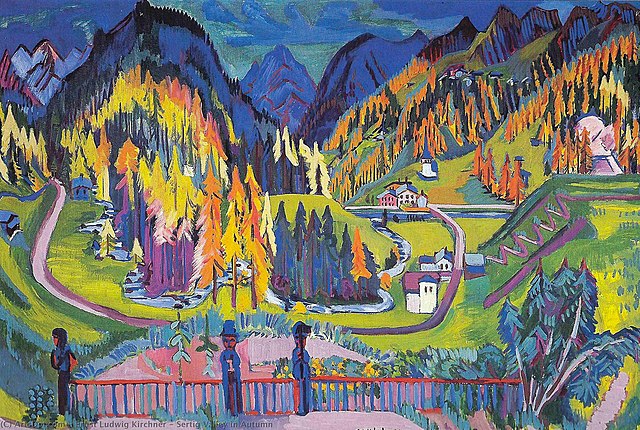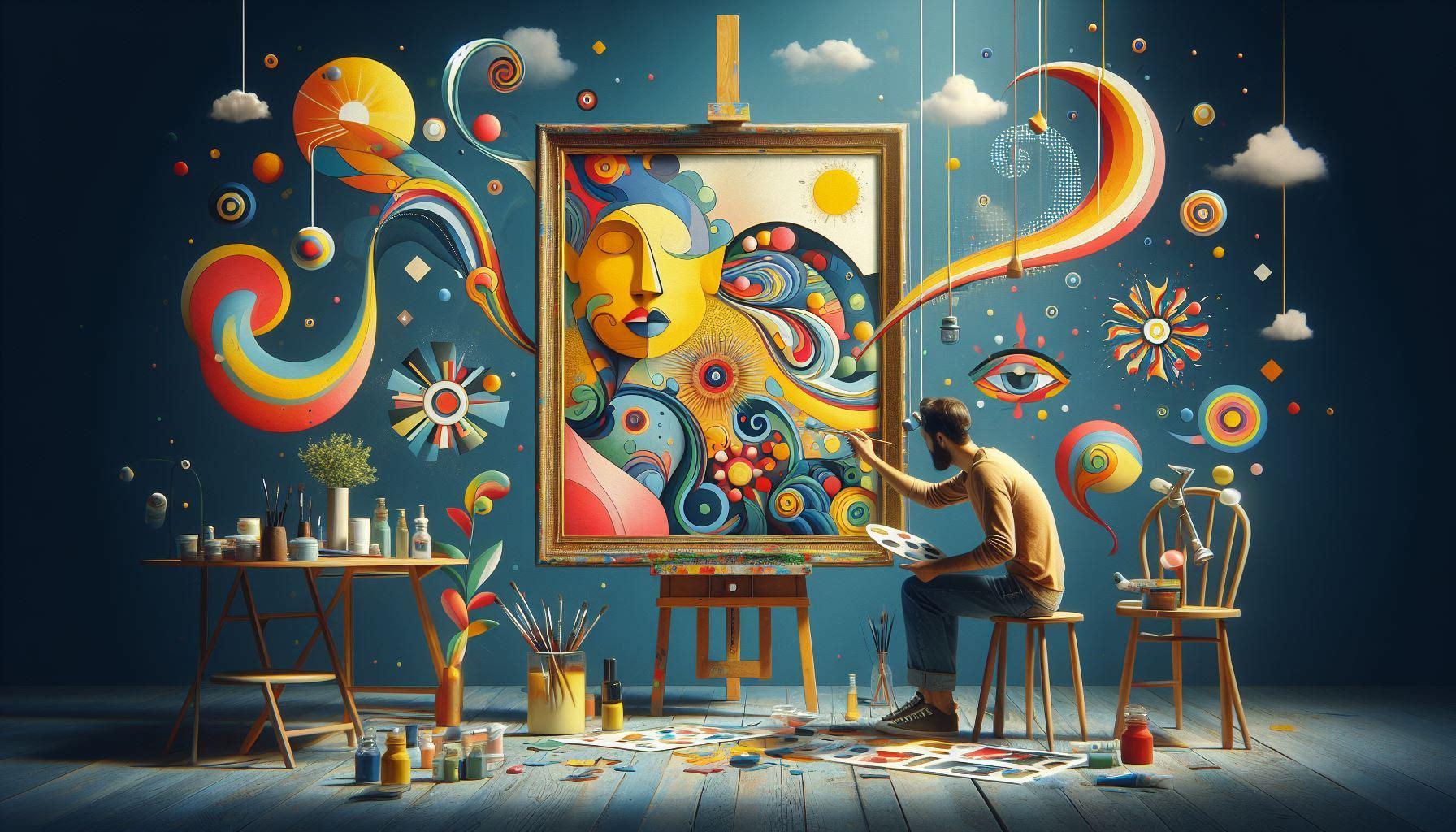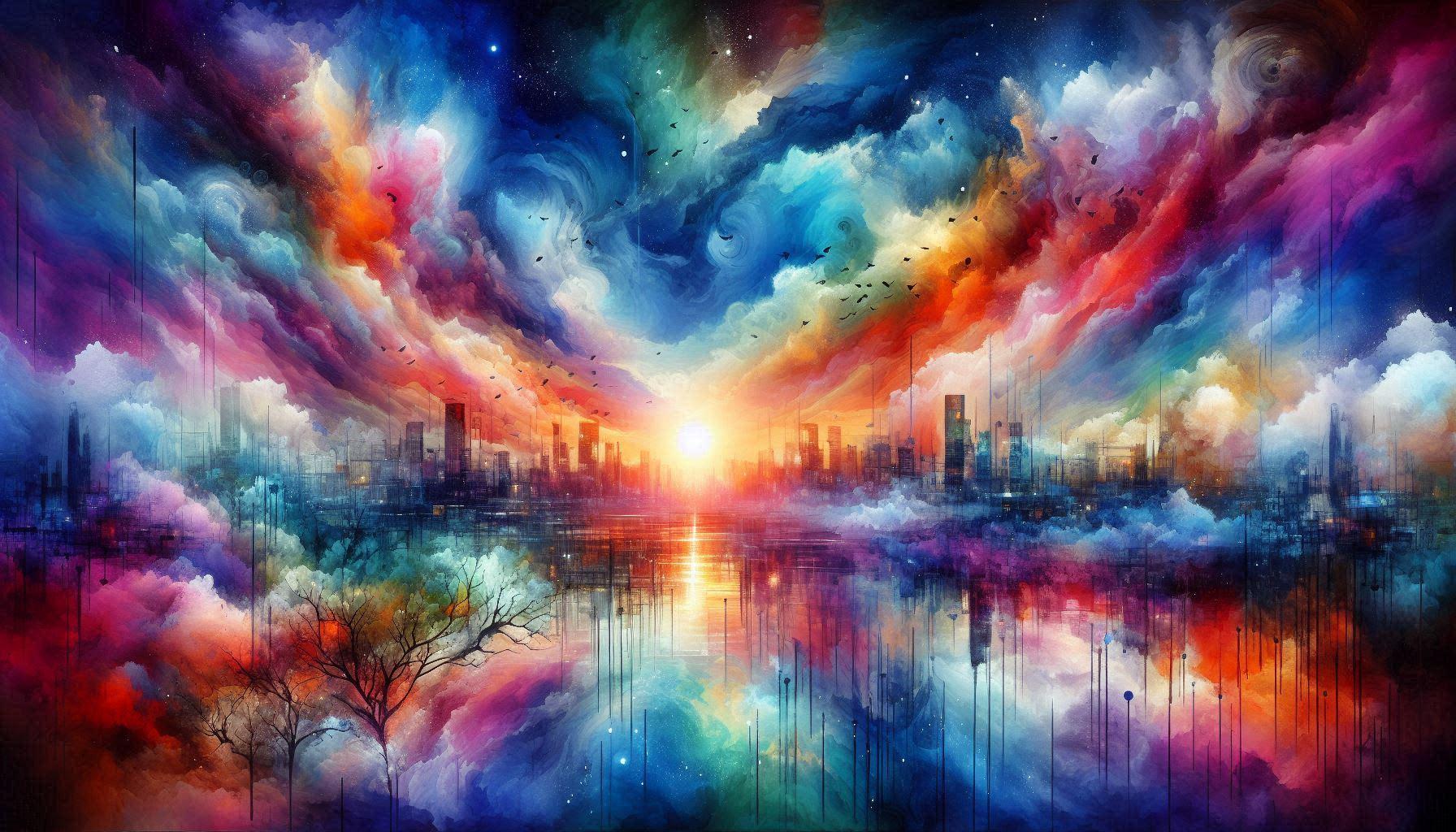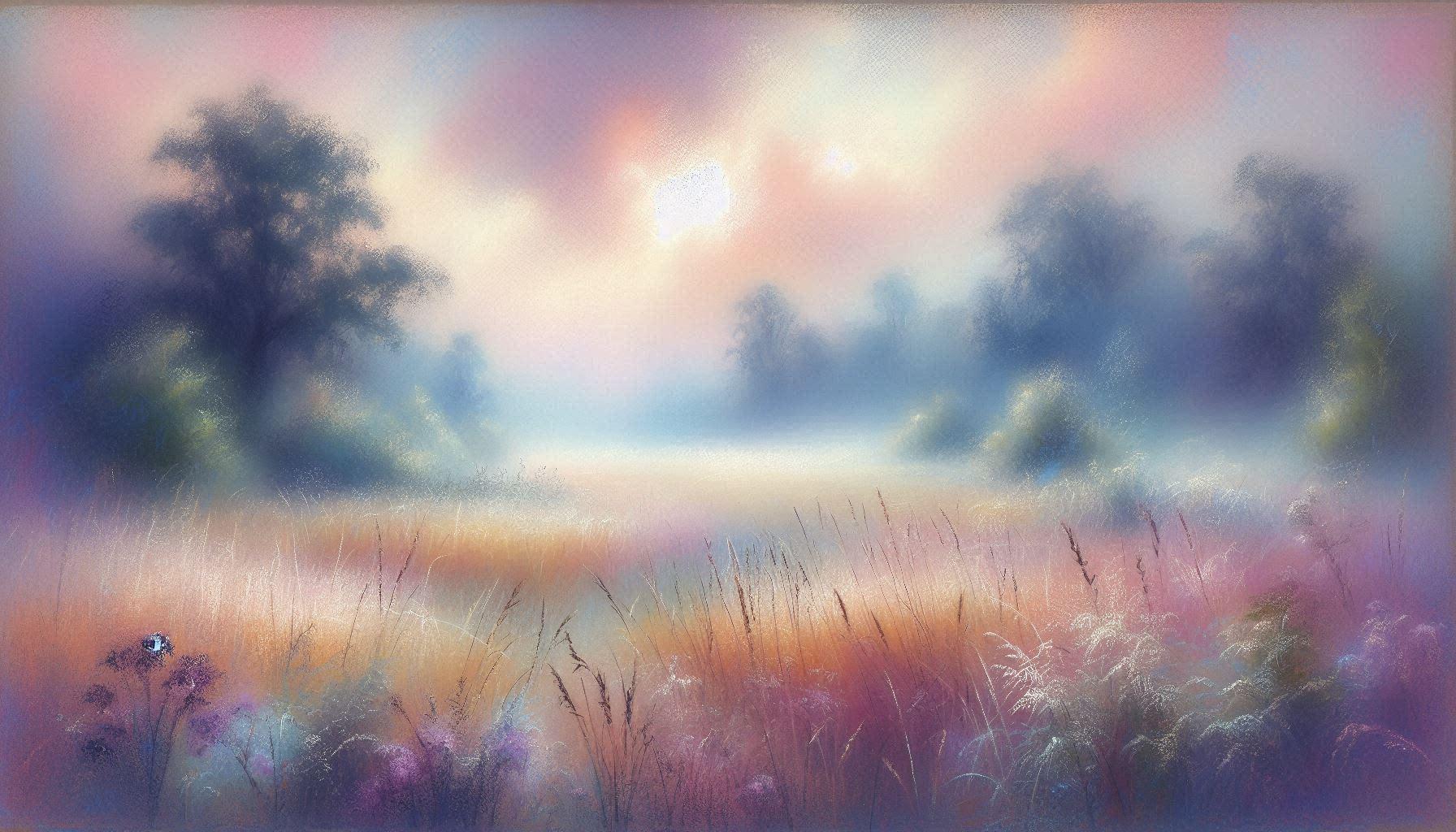Art is a form of creative expression that comes in many styles. This article will explore some of the main types of artwork styles and how artists creatively express themselves through different mediums.
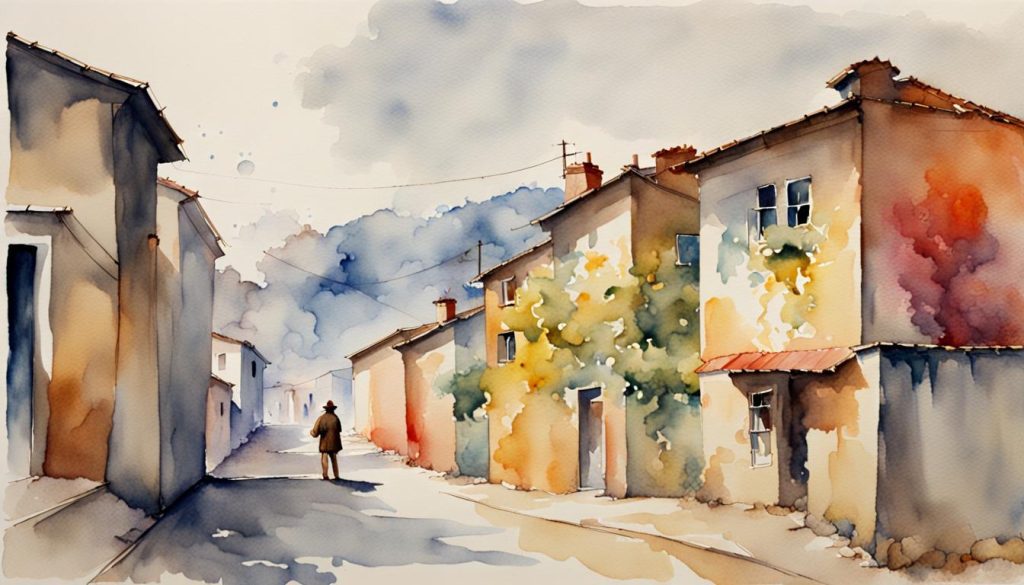
Artwork Style: Realism
Realism strives to depict subjects as they are in real life through observational methods. Realist art aims to represent subjects faithfully to nature by accurately representing light, color, and form. Some characteristics of realism include highly detailed brushwork and emphasis on textures. Famous realist artists include Andrew Wyeth and Chardin.
| Realism Characteristics | Examples |
|---|---|
| Highly detailed brushwork | Detailed landscapes and scenes emphasizing texture and form |
| Faithful to observing nature | Accurately depicts light, color, and the visual qualities of the subject as they appear in reality |
| Emphasis on textures | Renders textures like fabric, skin, wood grain with photo-realistic precision |
As Chardin was quoted saying:
“Art is not what you see, but what you make others see.”
This emphasis on observational accuracy is a hallmark of realist styles.
Impressionism
In contrast to realistic styles, impressionism emphasizes atmosphere and the changing effects of light. Impressionists often painted landscapes, cityscapes, and scenes of modern life en plein air to capture the vibrant and fleeting effects of natural light conditions. Some iconic impressionist works include Impression, Sunrise by Claude Monet and A Sunday Afternoon on the Island of La Grande Jatte by Georges Seurat.
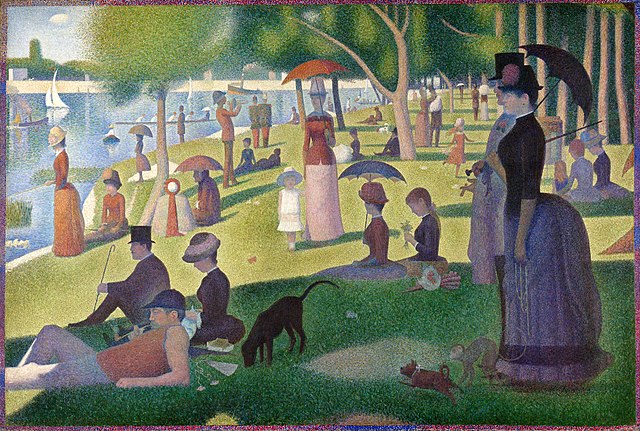
Instead of sharp contours and details, impressionist works use dabs or strokes of color to render forms and evoke a visual impression. This looser brushwork helps accentuate ephemeral lighting effects which were a central focus of this style.
“Impressionism is simply seeing and feeling nature directly and representing it with its true essence.” –
Claude Monet
Cubism
Cubism broke objects down into a simplified geometric version of their forms. Led by Pablo Picasso and Georges Braque in the early 20th century, cubist works depict the subject from multiple viewpoints to represent the three-dimensional nature of forms on a two-dimensional surface. Color and texture play a lesser role as shapes and geometric faceting take precedence.
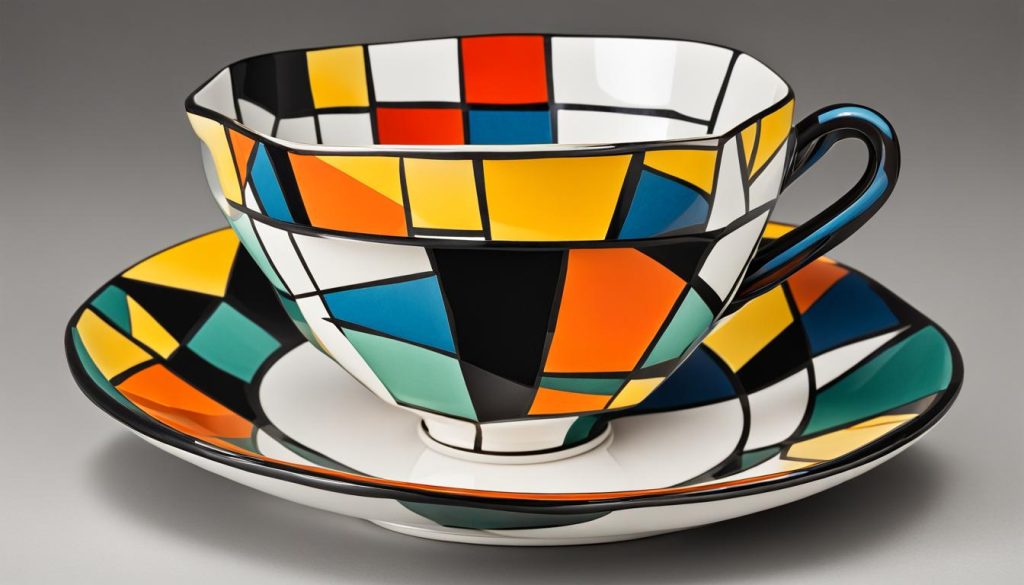
Some key aspects of cubism include:
- Depicting objects as simplified geometric forms
- Showing objects from multiple perspectives simultaneously
- Emphasis on breaking down compositions into basic shapes
- Reduced emphasis on color and texture
Some examples of cubist techniques:
- Deconstructing the human face into abstract geometric planes and fragments
- Fragmenting landscapes, cityscapes, or still-life compositions
- Overlapping imagery in a complex multi-layered composition
“We do not actually see what we look at; we merely see what we look at.”
Pablo Picasso
Picasso’s quote illustrates how cubism aimed to represent a more conceptual perspective than a literal depiction.
Expressionism
Expressionist works intend to depict subjective experiences, emotions and ideas rather than physical realism. Color, brushwork, and compositional distortions are used expressively to evoke moods. Key German expressionist artists included Ernst Ludwig Kirchner, Emil Nolde, and Max Beckmann.
Expressionist styles are characterized by:
- Distorted forms, perspectives and colors used expressively
- Evoking emotions and inner psychological states
- Bold, visible brushwork
- Simplified or abstracted representations
For example, expressionist self-portraits may magnify or abstract facial features to convey inner turmoil or psychological vulnerability. Landscapes may use clashing, unnatural colors to represent feelings about nature or the human relationship to the environment.
“My aim in painting is to create living organisms, breathing on their own,
Max Beckmann
endowed with instinct and moving impulses.”
Expressionist works privilege inner emotional and psychological experiences over physical accuracy.
Abstract Expressionism
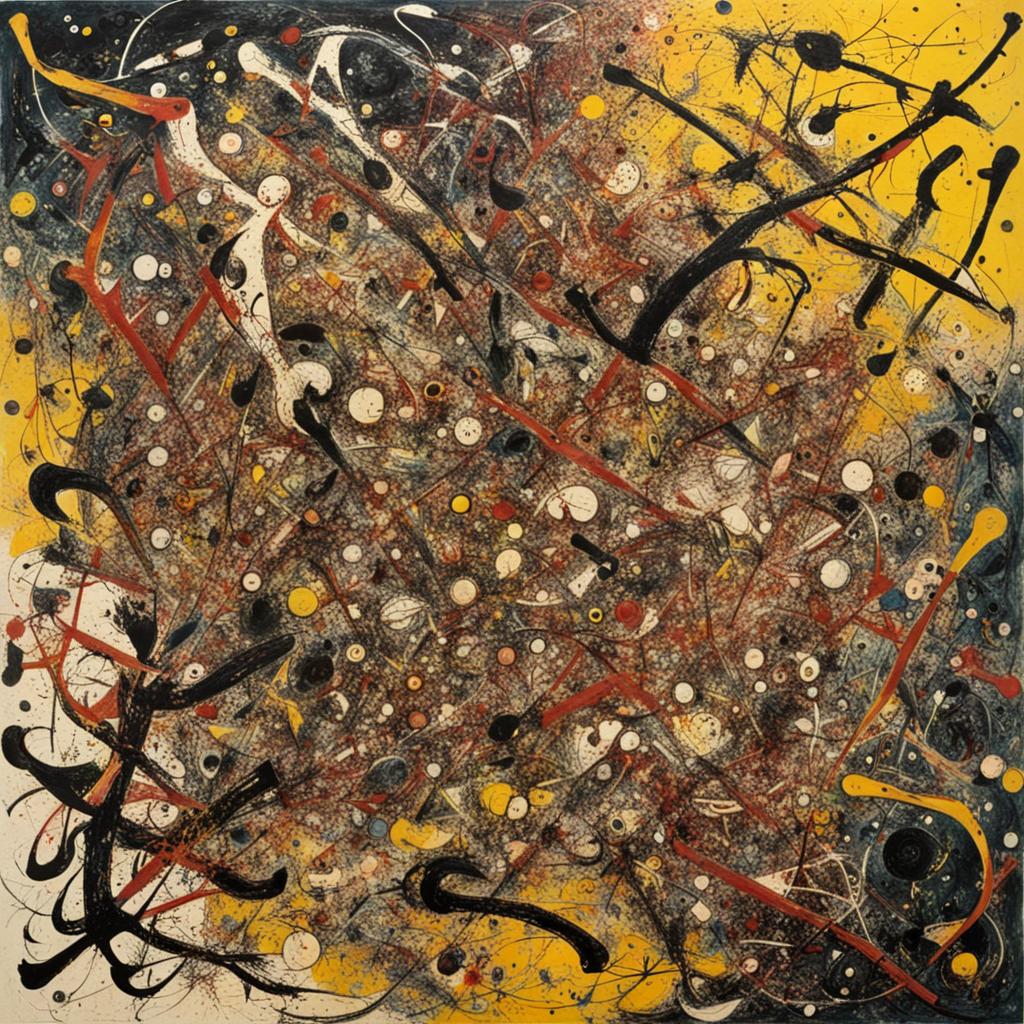
Emerging in the 1940s-50s in New York, abstract expressionism marked a shift toward non-representational, intuitive styles influenced by psychology. Artists like Jackson Pollock, Willem de Kooning and Mark Rothko liberated paint application from subjects through gestural abstraction.
Some key aspects of abstract expressionism include:
- Non-objective, non-representational compositions
- Spontaneous, expressive paint handling and strokes
- Explorations of color, form, line and the flat picture plane
- Influence of psychology and the subconscious
Pollock’s dripped and poured canvases epitomize this spontaneous, all-over gestural approach. Rothko reduced forms to simple blocks of color. Their styles manifest the desire to bypass convention and access deeper unconscious realms through abstraction.
In conclusion, the different types of artwork styles that have developed showcase the incredible range of creative expression possible with art. From realism’s detailed precision to abstraction’s intuitive non-representation, each movement reflects its cultural and historical context. Exploring core techniques broadens understanding of how diverse visual languages develop and evolve. Art styles are continuously reinterpreted as new generations of artists build upon traditions to develop their innovative visions.
